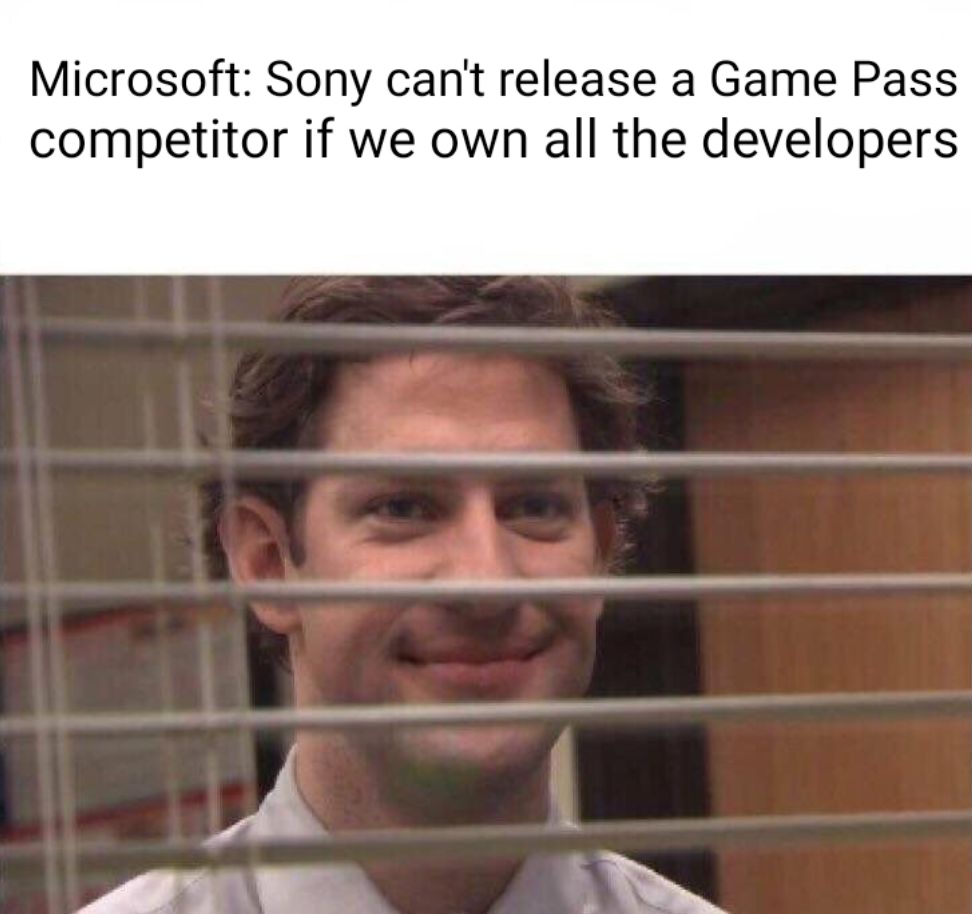I think Val is bipolar.Thought Xbox has the better lineup this year? Keep your story straight.
Official Thread Pillow Fight that nobody wins with MOAR Jackie Chan and guys comfortable with STRETCHING their sexuality!
- Thread starter The Living Tribunal
- Start date
-
- Tags
- apple pc playstation sexuality xbox
You are using an out of date browser. It may not display this or other websites correctly.
You should upgrade or use an alternative browser.
You should upgrade or use an alternative browser.
- Status
- Not open for further replies.
Correct. PS5 has a completely dismal year ahead. Thank god for Xbox.Again, factually wrong
This is just you trolling Valliance, right?Correct. PS5 has a completely dismal year ahead. Thank god for Xbox.
AlwaysThis is just you trolling Valliance, right?
2 years to port a 1.8 TF game that looks almost identical/easily comparable to the 3090 version vs the 4.2 TF's Pro version.Just think about how much longer it would have taken to release the game if Santa Monica decided to release both simultaneously on two platforms vs. what they did.
Further backs up why I said it's better to just focus on releasing a quality title out on console first and then think about how to port over to PC especially with some of these custom engines PS Studios develop. Part of the reason God of War on PC is this optimised was because the studio didn't have to rush it out.
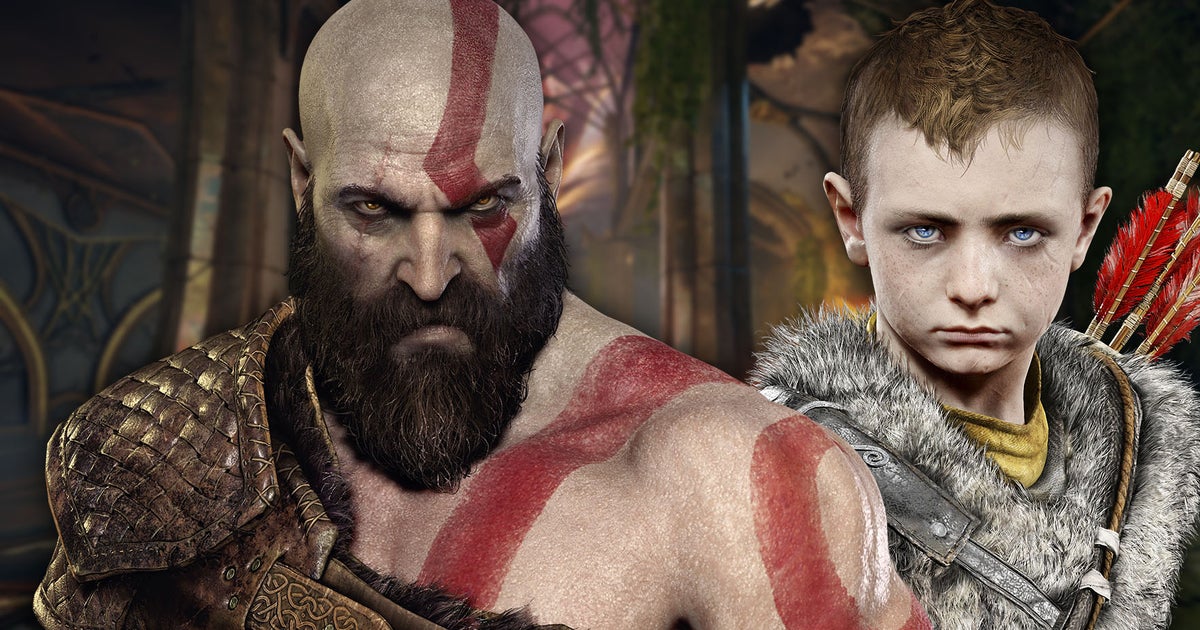
How God of War was brought from PlayStation to PC
Yesterday, Digital Foundry posted its tech review for the PC port of erstwhile PlayStation exclusive God of War, conclu…www.eurogamer.net
Yesterday, Digital Foundry posted its tech review for the PC port of erstwhile PlayStation exclusive God of War, concluding that the work delivered by Sony Santa Monica and Jetpack Interactive was simply superb. In addition to delivering an excellent conversion of the core content, the team has gone several steps further. Yes, the prerequisites of high frame-rate and ultrawide display support are in, but it's also great to see Sony's ports embracing worthwhile technologies such as Nvidia DLSS and Reflex, in addition to AMD FidelityFX Super Resolution - while integrating its own temporal upscaler.
After receiving review code pre-Christmas, Sony approached us asking whether we'd like to speak to the developers about the game and we eagerly took up the opportunity! In this tech interview, you'll find out what the goals of Sony Santa Monica and Jetpack Interactive were, why the choice was made to use the older DirectX 11 API as its foundation (other first-party Sony ports have favoured DX12), and how the team converted a game based on a single platform with a unified memory subsystem to the split pools used on PC.
In this interview, edited for length and clarity, we talk with Matt DeWald, senior manager for technical production at Sony Santa Monica, and Steve Tolin, a lead from Jetpack Interactive.
Digital Foundry: When did the porting process begin? And who is working on it, Sony Santa Monica, as well as Jetpack?
Matt DeWald: So, we've actually been working on this for a while, but it started kind of slow to begin with. It just started as like, "Hey, can we even do this? Do we have the technical expertise? How do we work together? blah, blah, blah." So, there's a lot of interstitial work that needs to happen just to figure that out. It's probably been about two years of total work, but with a very small crew - there's a team of four at Jetpack that have been doing the primary engineering efforts. And they're almost all engineering efforts, there's been a little bit of assistance from internal, just where things are, "Hey, how does this work? Where is this thing placed?" and then internal Santa Monica, myself leading the project from a production standpoint, but then mostly, it's just QA support, and then tapping different individuals to help fix bugs that may have existed on PC. So, it's a very small team that we've tried to produce this with. Keep it lean and mean.
Digital Foundry: What were the specific project goals as the project started?
Matt DeWald: The ultimate project goal was to get a well-performing version of God of War on PC. The key was to make sure that we had a good PC game, right? You could just take it over from console, put it on PC, and just leave it at that without making any updates, but we did want to make sure that we improved the game as much as we could, without, you know, rewriting underlying systems and rebuilding the engine from scratch.
There's plenty of work just to convert our custom engine over to DirectX, but then there were also all the extra features: so, making sure that we had really good keyboard and mouse controls, making sure that we supported PC-specific features like ultrawide, adding in DLSS and FSR to make sure we supported those technologies. And then what do we have on hand that we could do to really bump it up for those people that spend $3000, $6000, $8,000 on a PC? What are the tweaks that we could put into the game that turn on additional shadows or improve resolutions of things or increased rays, distances, all those kinds of things to make sure that people can have a great experience with the highest quality settings they can? So, we created what we call the PC+ feature set: like, these are the things that we want to do that are just extra for PC, as well as just porting the game over - and let's knock those things out so that we can release a high quality game on the PC platform.
Steve Tolin: One of the goals that we talked about very early on was just highlighting the content - the content team at SMS is fantastic. How can we just highlight that content at the highest fidelity and create that experience on the PC? That was a core goal.
Digital Foundry: What was the starting state here? Was there an internally maintained PC renderer always on hand that the project started with?
Matt DeWald: So, some things were on PC by default, like rendering a cube and stuff like that we could absolutely do. Some systems were not... Steve can go into more detail about trying to port over the particle system, for instance, which used a lot of the underlying tech on PlayStation - that had to be completely ported over for DirectX. It's a mixed bag. Some stuff worked out of the box, and we were able to get that stuff up and running quickly. Some stuff took a long time to really get working.
Digital Foundry: Did the shift from unified memory on console to split pools on PC cause any problems?
Steve Tolin: You've hit on one of the core differences between the architecture of the of the original PlayStation and PC, that split memory. So, balancing pushing to the GPU to do work to get that memory back, and then to reuse it within the frame. That continuous cycle just took a lot of tuning and a lot of synchronisation that didn't need to exist in the PlayStation world. And then, it's just a matter of discovering all of those things where we could optimise for, the smallest chunk of memory back and forth, back and forth, back and forth, to use that bus the most efficiently.
Matt DeWald: And that's why our min-spec requires a 4GB card, it's really we just need that GPU memory when the chip itself is more powerful than what we need. But without four gigs, you're going to start swapping into regular memory and you'll get a poor experience.
Steve Tolin: Even if you are running at [a lower] render scale resolution, the VRAM - that chunk of your RAM - is important for a higher resolution display.
Digital Foundry: Were there any of those specific systems that are actually going back and forth over the PCI Express bus?
Steve Tolin: probably particles in particular, it's all a GPGPU particle system... the wind system. These are all small, small buffers that continuously need updating... luminance calculations, anything that's GPGPU interacting with compute jobs.
Digital Foundry: Were there any advantages or differences from that console lower-level API that caused issues, where you had something on GNM (the PS4 rendering API) that you couldn't necessarily do on PC?
Steve Tolin: A couple things in the particles, because the particle system was non- existent, there was no framework, it was written specifically for Orbis [PS4's codename] and targeting specific Orbis hardware. Right. So, Kyle here at jetpack basically focused on that early and we solved the problems there.
Digital Foundry: You're using DirectX 11 here. Why use this and not a lower-level API such as DX12 or Vulkan?
Steve Tolin: Part of that was the initial testing framework that existed but a lot of it has to do with the content authoring. The content authoring is right from original HLSL [high-level shader language] source that's in that format and it's all the way through through the pipeline, so that maintaining the content and not needing to edit and change the content was one of the core reasons to [use DX11].
Matt DeWald: And just the sheer effort of trying to port the engine over to Direct X12 is just beyond the scope of the project.
Digital Foundry: Let's talk a bit about some of the visual upgrades. For example, DLSS, why include it in the first place? And secondly, could you describe the implementation process there? Because the game already had TAA and checkerboarding. Was it that hard to integrate, actually?
Steve Tolin: We wanted to address hitting a wide space of machines, so the image scalars basically allow a lot of scalability for player. Once we put in our own temporal image scaler, then it was okay, now, let's support the DLSS and the AMD scaler, to basically give players the vast variety of options, to be able to tune it to get that experience that they need. You may have a 4K monitor, but you may not have a GPU that's actually going to run at 4K, so we're giving those options to the players be able to scale the image and the rendering, to get the image that they want.
Matt DeWald: And let's be honest, DLSS is an amazing technology, so we definitely wanted to support that. And then when AMD came out with Super Res (FSR), we just decided to get on that as well, on top of our own scaler... [they all] tap into the same underlying system, so they're fairly straightforward to implement. When you have one of them implemented, you're getting the other ones cheaper.
Digital Foundry: So that the standard percentage scaler option actually uses a temporal upsample?
Matt DeWald: Yeah, if you don't have FSR or DLSS turned on, it uses the TAA scalar instead.
Digital Foundry: There's a new ambient occlusion method and the game's advertising actually talked a bit about it, like a mix of GTAO with SSAO. Can you explain a bit about how that works and what it does?
Matt DeWald: It's some new technology that we decided to port over and say, you know, let's give an option to bump things up. But the idea is that, yes, we have directional occlusion as well as ground truth ambient inclusion to add in some additional quality, so that people that have high-end systems that can utilise that extra a couple of milliseconds can actually see those changes.
Digital Foundry: Let's talk about the other settings as well. In the PC ports we've seen in the past, the game has been designed around the original settings, and you pump it up to a higher level. But the game streaming systems, like the pool sizes and things like that were very much so designed around that. Here, I've been playing at ultra, not noticing any really fidgeting or stuttering as a result of having a lot larger shadow pool and a much greater geometry distance. What changes needed to be or made respected in the port to make sure that higher settings weren't just nominally higher, but they actually ran well in their own right?
Steve Tolin: Again, it's just a lot of work. So, focusing on that, is always the goal, right? A lot of these techniques that you're talking about was, so here's the content, and that was at fixed size resolution buffers, or texture samples, or ray casts or samples, right? What we've been able to do is expand some resolution, expand more texture sampling, expand the number of rays in some reflections, and basically just to do more work to target a higher fidelity image as part of any of those single effects.
Digital Foundry: Was there some special in this game you'd like to highlight, or some aspect of your work that you really enjoyed in this project?
Steve Tolin: To be able to work on the God of War franchise, you know, be working with Santa Monica for a while, and being able to take that game and that content and deliver it to a new audience at a higher fidelity.
Matt DeWald: And stealing a little bit of my thunder, because I joined six weeks after they launched God of War in 2018. I've been here for almost four years, but I didn't get to ship the game and didn't get to experience that. So, now I'm getting to experience that. But on top of that, we're all gamers at heart and I play a bunch of games on PC and a bunch of games on console. And even though we've sold, you know, what, nearly 20 million copies on console, there's this whole audience out there that's never experienced this game and never had a chance to, and at this point, they're never going to buy the console to play it, right?
To be able to give them a way to play the game and say, you can experience this thing, this thing that won 270+ Game of the Year awards, and like, you can now experience it on your PC... I can't wait to see what people say about it, what people experience and just getting that conversation going again, because it's a very emotional story. And just getting people to talk about it again, I think will be great.
Imagine what it would take to run a comparable version of PS5's Demon's Souls haha
Change is on the horizon…
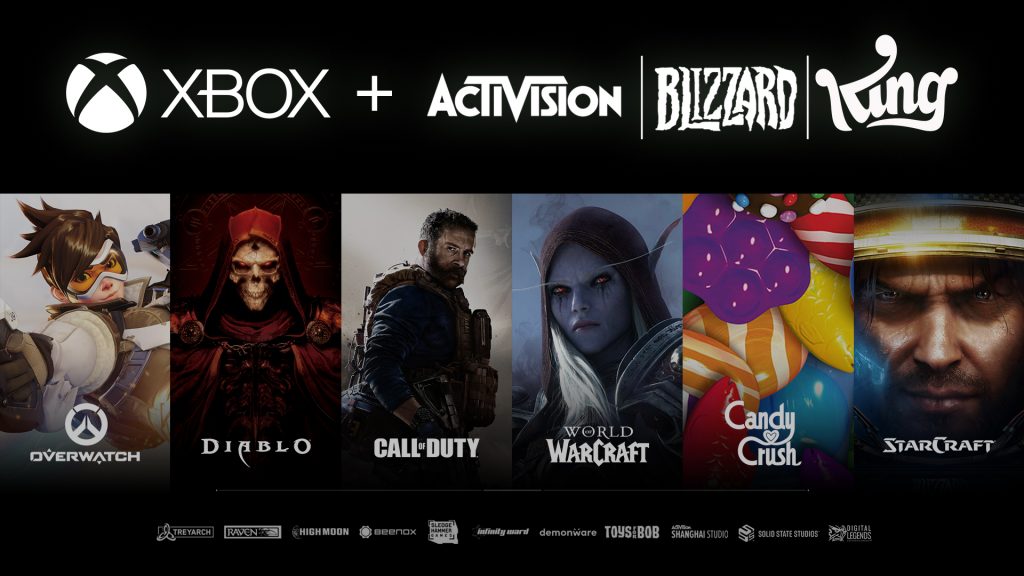
Microsoft to acquire Activision Blizzard to bring the joy and community of gaming to everyone, across every device - Stories
Legendary games, immersive interactive entertainment and publishing expertise accelerate growth in Microsoft’s Gaming business across mobile, PC, console and cloud. REDMOND, Wash. and Santa Monica, Calif. – Jan. 18, 2022 – With three billion people actively playing games today, and fueled by a...
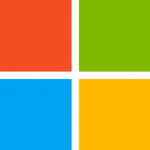 news.microsoft.com
news.microsoft.com
Wonder if that’s why my Sony stock took a hit
Game Pass officially at 25 million members.
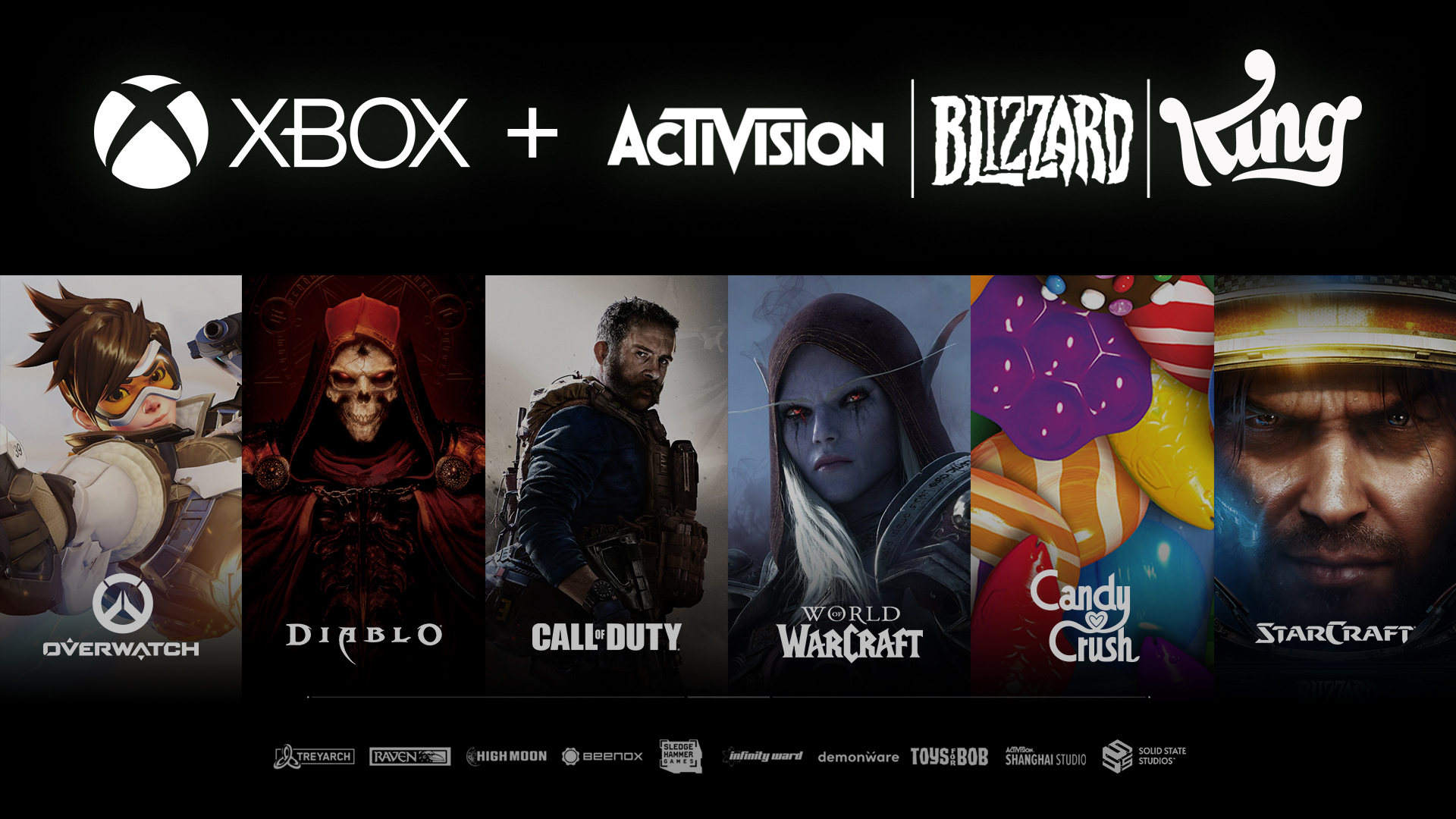
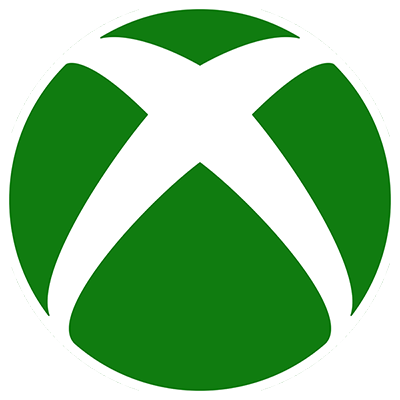 news.xbox.com
news.xbox.com

Welcoming the Incredible Teams and Legendary Franchises of Activision Blizzard to Microsoft Gaming - Xbox Wire
Creators of Call of Duty, Warcraft, Candy Crush, Tony Hawk, Diablo, Overwatch, Spyro, Hearthstone, Guitar Hero, Crash Bandicoot, StarCraft and more join Team Xbox As a team, we are on a mission to extend the joy and community of gaming to everyone on the planet. We all know that gaming is the...
 news.xbox.com
news.xbox.com
Was about to post that…. Where’s Rollins and Nervusbreakdown did they go holiday again?Game Pass officially at 25 million members.

Welcoming the Incredible Teams and Legendary Franchises of Activision Blizzard to Microsoft Gaming - Xbox Wire
Creators of Call of Duty, Warcraft, Candy Crush, Tony Hawk, Diablo, Overwatch, Spyro, Hearthstone, Guitar Hero, Crash Bandicoot, StarCraft and more join Team Xbox As a team, we are on a mission to extend the joy and community of gaming to everyone on the planet. We all know that gaming is the...news.xbox.com
You beat me to it, get off the computer fool!Was about to post that…. Where’s Rollins and Nervusbreakdown did they go holiday again?
Dude, honestly I ignored the alert when I saw it. When I looked at it I was like “yoooooooooooo, wtf, buy or purchase, wtaf yo?” And was like I bet one of them two probably beat me to it.You beat me to it, get off the computer fool!

This sh!t is nuts!Dude, honestly I ignored the alert when I saw it. When I looked at it I was like “yoooooooooooo, wtf, buy or purchase, wtaf yo?” And was like I bet one of them two probably beat me to it.

At first I thought people were trolling, and then it was too lateRollins WTF, you are usually the man for this. You are now FIRED!
I’m still having trouble believing this even though I know it’s official!! Unreal.
I got that alert after getting the purchase. I was like “why, they were going up….”
I didn’t think it would’ve affected them, since they cover more than just gaming, but gaming is like their second biggest source of revenue
I got that alert after getting the purchase. I was like “why, they were going up….”
I didn’t think it would’ve affected them, since they cover more than just gaming, but gaming is like their second biggest source of revenue
It's just a standard knee jerk reaction, it will go back up.
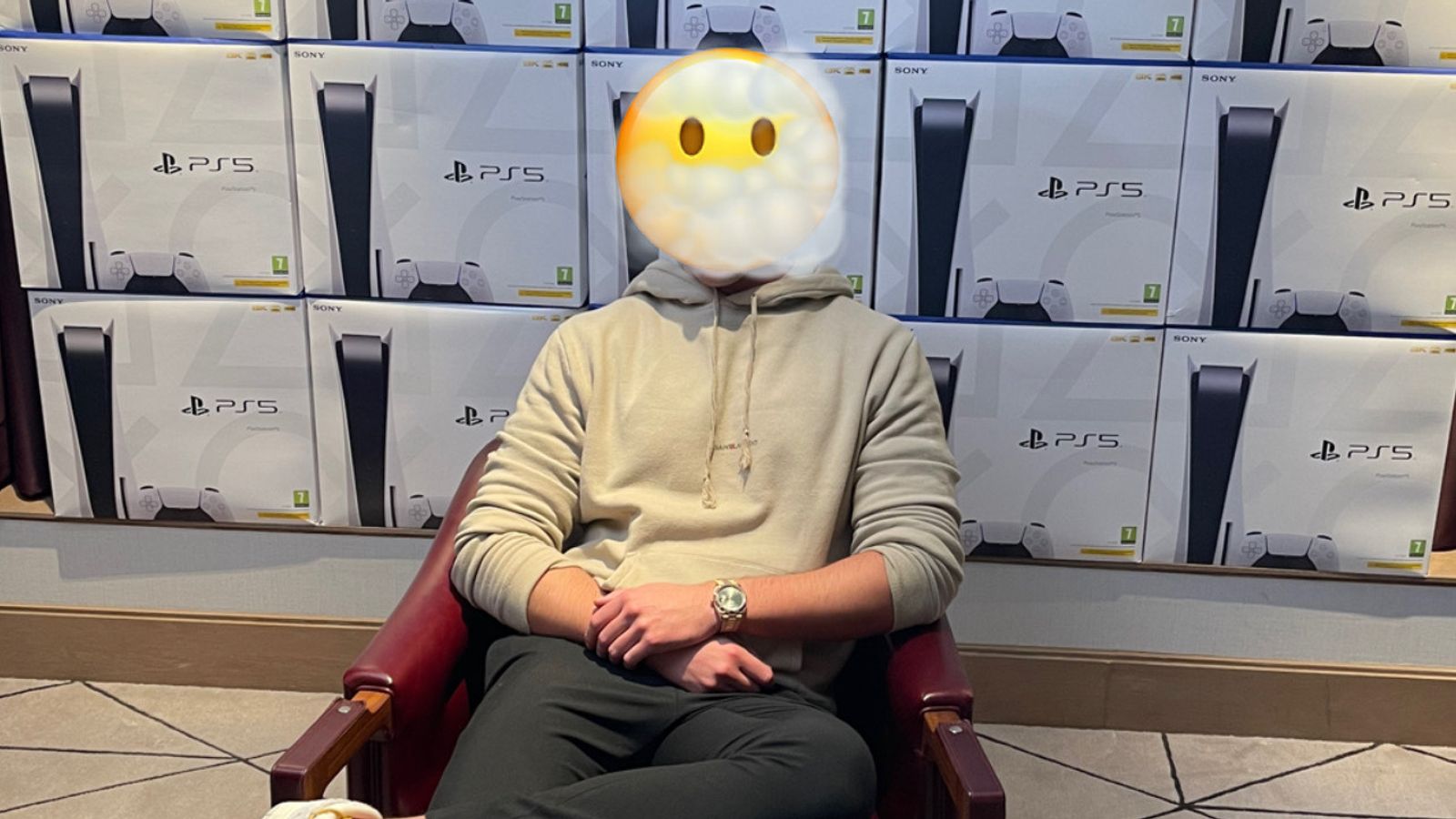
PS5 and Xbox Series X scalper claims he’s ‘creating young entrepreneurs’ | VGC
Jack Bayliss of Aftermarket Armitage attempts to justify his scalping subscription service…
Other than COD how much of that deal really impacts the console space in a meaningful way? it seems like the PC space is where a lot of Activision/Blizzards IP are popular. I'm not trying to minimize COD either but when people talk about all of the other things Activision/Blizzard have I can't really see anything that's huge on console, most of them are sort of semi popular like Crash or games like Diablo that are on console but bigger hits on PC and of course WOW is only on PC.
Time to buy Sony stock. It will bounce back soon.
What a prick.
PS5 and Xbox Series X scalper claims he’s ‘creating young entrepreneurs’ | VGC
Jack Bayliss of Aftermarket Armitage attempts to justify his scalping subscription service…www.videogameschronicle.com
I thought gaming is their biggest profit maker?I got that alert after getting the purchase. I was like “why, they were going up….”
I didn’t think it would’ve affected them, since they cover more than just gaming, but gaming is like their second biggest source of revenue
I would like to see them spread out the COD releases and have some of the studios focus on new IPs.Other than COD how much of that deal really impacts the console space in a meaningful way? it seems like the PC space is where a lot of Activision/Blizzards IP are popular. I'm not trying to minimize COD either but when people talk about all of the other things Activision/Blizzard have I can't really see anything that's huge on console, most of them are sort of semi popular like Crash or games like Diablo that are on console but bigger hits on PC and of course WOW is only on PC.
They've already got enough shooters so it wouldn't hurt to spread out COD to a semi annual release, I wonder if they'll continue with the story modes or just make a move to MP only? Either way I think they'll probably keep COD an annual thing just because of the money being brought in through microtransactions, the more they spend on GP the more return they'll need to see on that investment at some point.I would like to see them spread out the COD releases and have some of the studios focus on new IPs.
I’d like to see COD go to an every other year release. Just keep releasing content through seasons in between.
Technically they already are. Modern Warfare has 3 years between iterations, same with the others.I’d like to see COD go to an every other year release. Just keep releasing content through seasons in between.
- Game has oddly low resolution textures in a lot of places. Likely a cross-gen relic.
- One X and Series X look identical in some places with no visual differences at all.
- PS5 | Series X: Dynamic 4K with lows of 1440p and average of 1800p on both.
- Series S: 1440p max with 936p lowest seen in DF testing.
- Series X and PS5 are a match in terms of visual features.
- Series S has lower quality alpha effects and shadow but otherwise looks the same.
- The game offers a "High Frame Rate" mode on PS5/Series X which drops res to 1080p but renders some visual effects in higher quality.
- This mode does *not* offer 120hz.
- Only offers some lighting and shadow quality upgrades, but not worth it for the huge drop in IQ.
- No motion blur on consoles, upshot is a clearer visual output as TAA also 'breaks' in motion.
- Performance is a close to lock 60 FPS on all 3 consoles in all modes.
- Series S|X have minor 1, 2 FPS stutter at the start of a match which does not happen anywhere else. This is not seen on PS5.
- Last gen consoles run the game at 30 FPS, even One X and Pro.
_________________
-The game is powered by ANVIL engine (the same as AC:Valhalla, Ghost Recon or Rainbow Six Siege).
- No motion blur whatsoever.
- it's a cross-gen game (and it shows). One X and Series X look almost identical in some scenes.
- On PS5 and Series X the rez is dynamic 1440p-2160p. Most if the time it's around 1800p.
- Series S is dynamic 936p-1440p.
- PS5 and Series X are a visual match. Series S has some lower quality alpha effects and shadows resolution.
- PS5 and Series X has a "High Frame Rate" mode you can select, not present on Series S. But this mode doesn't mean you get 120Hz, it's still 60 fps and rez drops all the way down to 1080p on both consoles.
- Performance is very good, you get almost locked 60 fps on all three machines. This is the main improvement over last gen versions, which run at 30 fps.
-Series consoles do seem to exhibit some occasional stutter, but it's not a big deal. Maybe it'll be fixed with a patch. PS5 doesn't seem to suffer from those stutters.
- Game has oddly low resolution textures in a lot of places. Likely a cross-gen relic.
- One X and Series X look identical in some places with no visual differences at all.
- PS5 | Series X: Dynamic 4K with lows of 1440p and average of 1800p on both.
- Series S: 1440p max with 936p lowest seen in DF testing.
- Series X and PS5 are a match in terms of visual features.
- Series S has lower quality alpha effects and shadow but otherwise looks the same.
- The game offers a "High Frame Rate" mode on PS5/Series X which drops res to 1080p but renders some visual effects in higher quality.
- This mode does *not* offer 120hz.
- Only offers some lighting and shadow quality upgrades, but not worth it for the huge drop in IQ.
- No motion blur on consoles, upshot is a clearer visual output as TAA also 'breaks' in motion.
- Performance is a close to lock 60 FPS on all 3 consoles in all modes.
- Series S|X have minor 1, 2 FPS stutter at the start of a match which does not happen anywhere else. This is not seen on PS5.
- Last gen consoles run the game at 30 FPS, even One X and Pro.
_________________
-The game is powered by ANVIL engine (the same as AC:Valhalla, Ghost Recon or Rainbow Six Siege).
- No motion blur whatsoever.
- it's a cross-gen game (and it shows). One X and Series X look almost identical in some scenes.
- On PS5 and Series X the rez is dynamic 1440p-2160p. Most if the time it's around 1800p.
- Series S is dynamic 936p-1440p.
- PS5 and Series X are a visual match. Series S has some lower quality alpha effects and shadows resolution.
- PS5 and Series X has a "High Frame Rate" mode you can select, not present on Series S. But this mode doesn't mean you get 120Hz, it's still 60 fps and rez drops all the way down to 1080p on both consoles.
- Performance is very good, you get almost locked 60 fps on all three machines. This is the main improvement over last gen versions, which run at 30 fps.
-Series consoles do seem to exhibit some occasional stutter, but it's not a big deal. Maybe it'll be fixed with a patch. PS5 doesn't seem to suffer from those stutters.
I wish they would patch it so that it's a proper Rainbow Six game. Maybe call the patch "Black Arrow".
- Status
- Not open for further replies.





